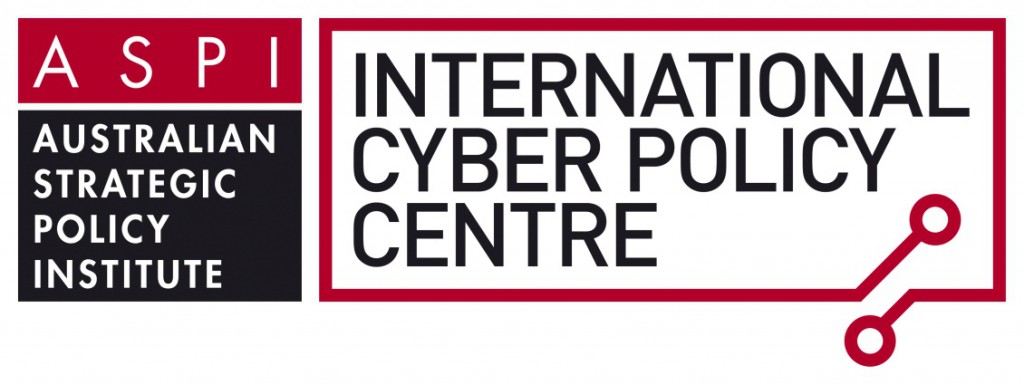 Print This Post
Print This Post- The Strategist - https://www.aspistrategist.org.au -
Cyber wrap
Posted By Jessica Woodall on October 4, 2013 @ 12:00
 Online security firm Symantec has released a report detailing the activities of an online ‘hackers-for hire’ group it has dubbed ‘Hidden Lynx’. The company claims the group possesses levels of capability and sophistication not seen in other well-known groups such as APT1. Hidden Lynx is said to essentially operate as an online hacking consultancy. It has been tied to high-level attacks against Google, Adobe, Lockheed Martin and others. The organisation, linked to a base in China, has a history of stealing information that would be beneficial to both government and corporate entities. Interestingly, the report reveals that Australia was one of the top 10 regions targeted by the group.
Online security firm Symantec has released a report detailing the activities of an online ‘hackers-for hire’ group it has dubbed ‘Hidden Lynx’. The company claims the group possesses levels of capability and sophistication not seen in other well-known groups such as APT1. Hidden Lynx is said to essentially operate as an online hacking consultancy. It has been tied to high-level attacks against Google, Adobe, Lockheed Martin and others. The organisation, linked to a base in China, has a history of stealing information that would be beneficial to both government and corporate entities. Interestingly, the report reveals that Australia was one of the top 10 regions targeted by the group.Article printed from The Strategist: https://www.aspistrategist.org.au
URL to article: https://www.aspistrategist.org.au/cyber-wrap-5/
[1] Image: http://www.aspistrategist.org.au/wp-content/uploads/2013/07/cyber-logo.jpg
[2] report: http://www.symantec.com/content/en/us/enterprise/media/security_response/whitepapers/hidden_lynx.pdf
[3] APT1: http://en.wikipedia.org/wiki/APT1
[4] introduce: http://www.sbs.com.au/news/article/2013/09/17/telstra-beefs-anti-malware-technology
[5] report: http://www.theage.com.au/it-pro/security-it/australia-main-conduit-for-cyber-attacks-20130920-hv1sz.html
[6] establish: http://the-japan-news.com/news/article/0000665253
[7] alliance: http://www.globalpost.com/dispatch/news/afp/130919/argentina-brazil-joint-plan-against-us-spying
[8] provocative piece: http://www.cicir.ac.cn/english/newsView.aspx?nid=5196
[9] info graphic: http://www.informationisbeautiful.net/visualizations/worlds-biggest-data-breaches-hacks/